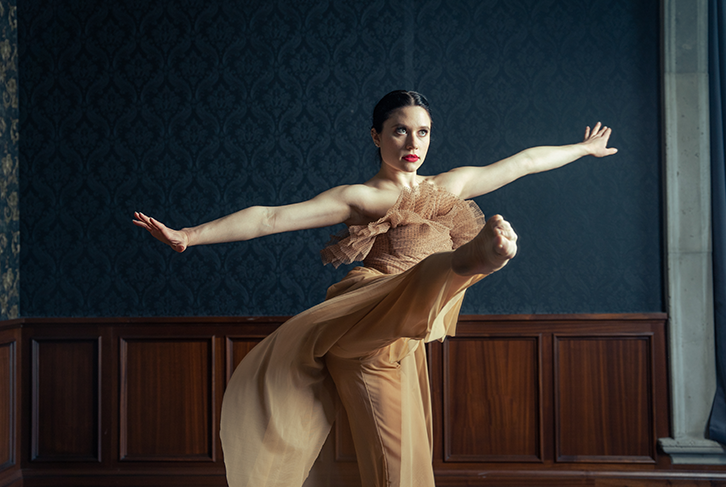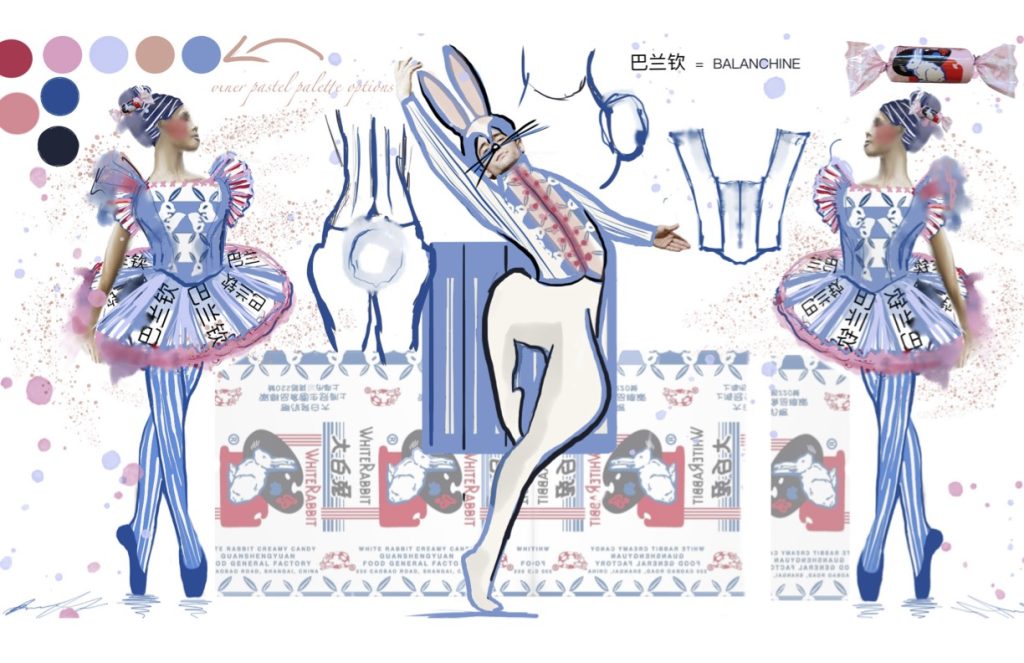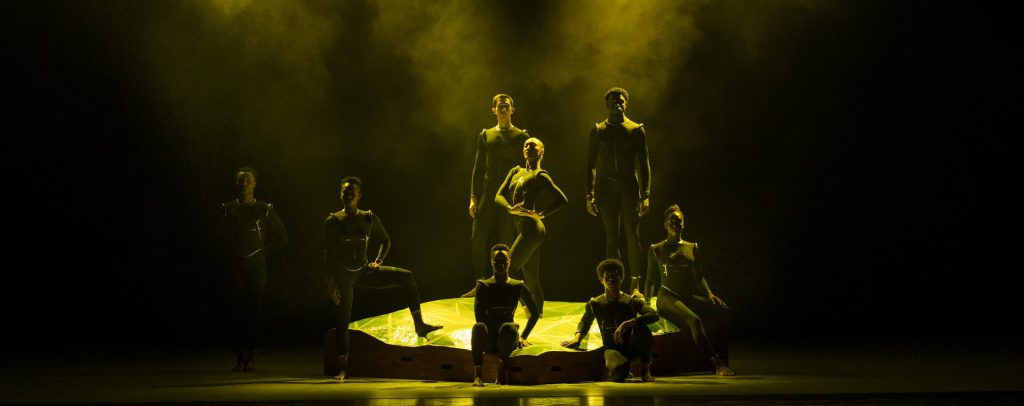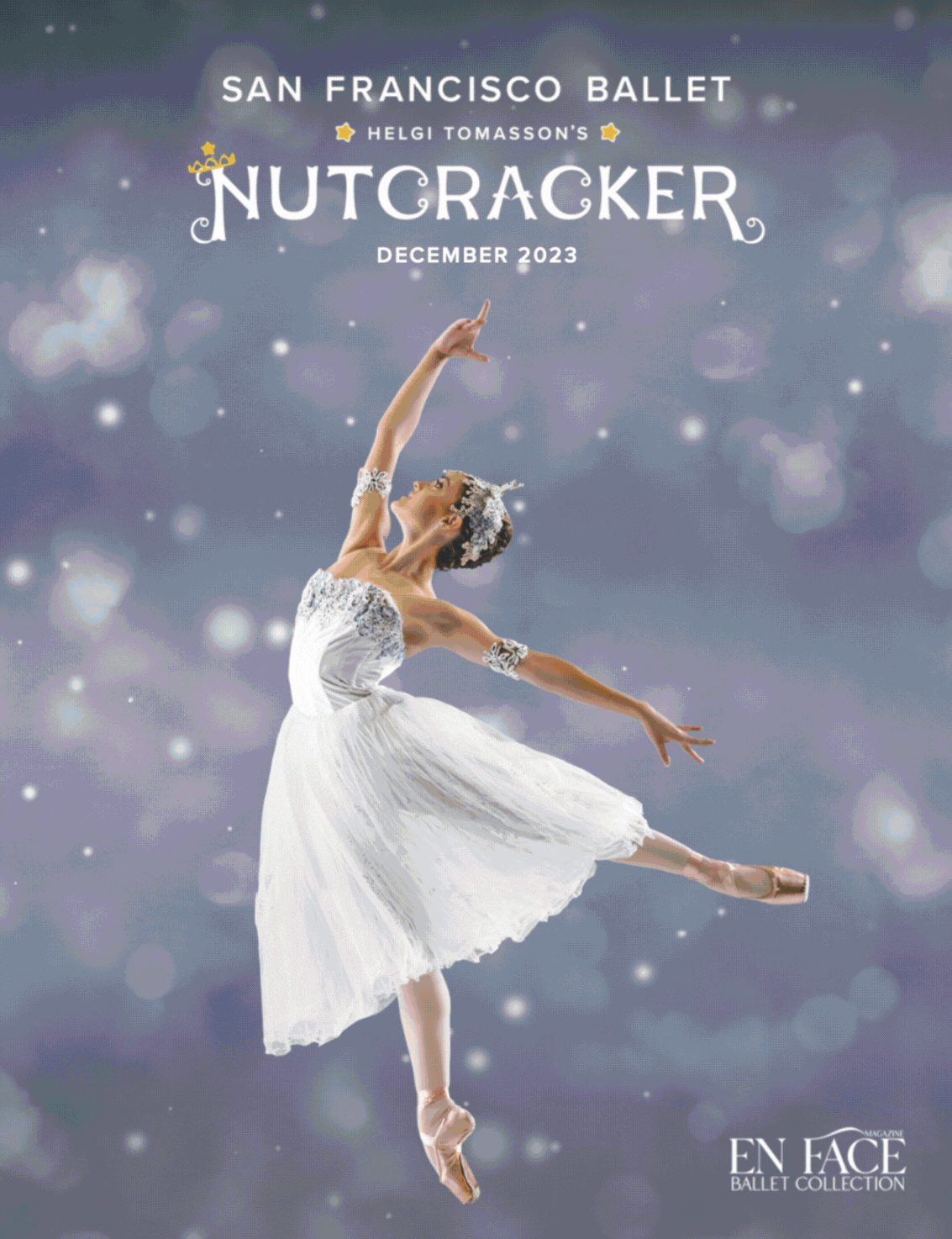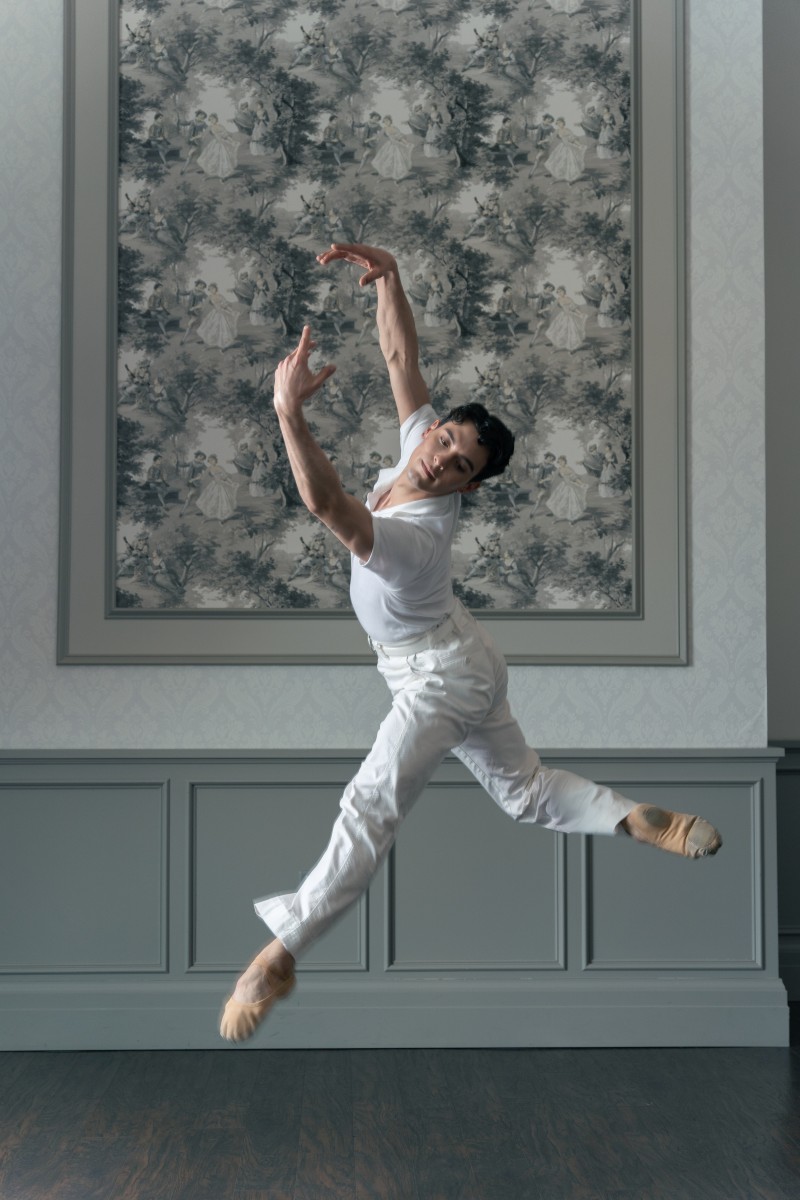
Photos by Quinn Wharton.
Mozart in Motion is a study in musical mastery. Ballet has the thrilling task of bringing some of the world’s most well-known music to physical form. Embodying the music of a genius can be a daunting task. For this reason, many choreographers have shied from using Mozart, as much as they may have admired his work. For this opening program of our 50th season, we are reveling in the challenge. Mozart was a composer who seemed to exist outside of the constraints of the time in which he lived. To me, this music at once represents the symmetry and order of the baroque era that preceded it, as well as the relative release of the classical, all the while hinting at the emotional richness of the romantic era to follow. In this way, Mozart perfectly represents how an artist can operate within a tradition, by both honoring its past and contributing to its evolution. Mozart made music relevant in a whole new way.
It is an honor to be able to present a program in which each of the choreographers represented explore the rich sophistication of Mozart’s work. Inspired by this man and the relevance he infused into tradition, I am glad to be able to create a new work that explores ideas around ceremony, emotional abandonment and restraint, and examines what we consider sacred. This theme is a joy to explore with dancers I know so well.
In George Balanchine’s revered Divertimento No. 15, the choreography reflects the gorgeously ordered and technically shimmering movement in the music of the same name. It is worth noting that this is one of only two pieces of choreography that Balanchine made to Mozart’s music, and the only one still performed. In this work, Balanchine displays his masterful musicality and refined expression in pattern, sequence and form. It is perhaps one of his most classical works, yet the tradition on display remains as fresh and vibrant as ever as a showcase for the dancers’ technical virtuosity and polished refinement.
In Kiss, Stephanie Martinez plays with one of Mozart’s greatest hits,“Eine Kleine Nachtmusik,” interspersed with music from composer Darryl Hoffman. Employing a textured and grounded approach to movement, Martinez calls upon sensuality, leans into character and playfully explores the power of human physicality through a series of solo, duet and ensemble dances. While the original iteration of this work was born in the pandemic and saw its premiere in an urban Chicago outdoor setting, we are thrilled to have Stephanie reimagine this work in Boise for our dancers and the Morrison Center stage. Lar Lubovitch’s Concerto 622 is named after the famous clarinet concerto in A major, K 622. Capturing Mozart’s wit, humor and emotional depth in the same stroke, Lar looks at the community, complete with individual relationships of support and nuance, ensconced within the intricate whole. Concerto 622 is a musical celebration and a life-affirming experience expressed in a variety of forms. Created for his own company in 1986, at the height of the AIDS pandemic, this dance was performed first in France and then New York to great acclaim. While recent experience with global pandemics gives this work new resonance, the choreography remains timelessly abstract. Full of exuberance and images of community as well as introspective notes of mutual support and quiet strength, this is arguably Mr. Lubovitch’s definitive work. This piece and the entire program seek to display the humanity and timeless beauty this art form represents so well.
– Garrett Anderson

